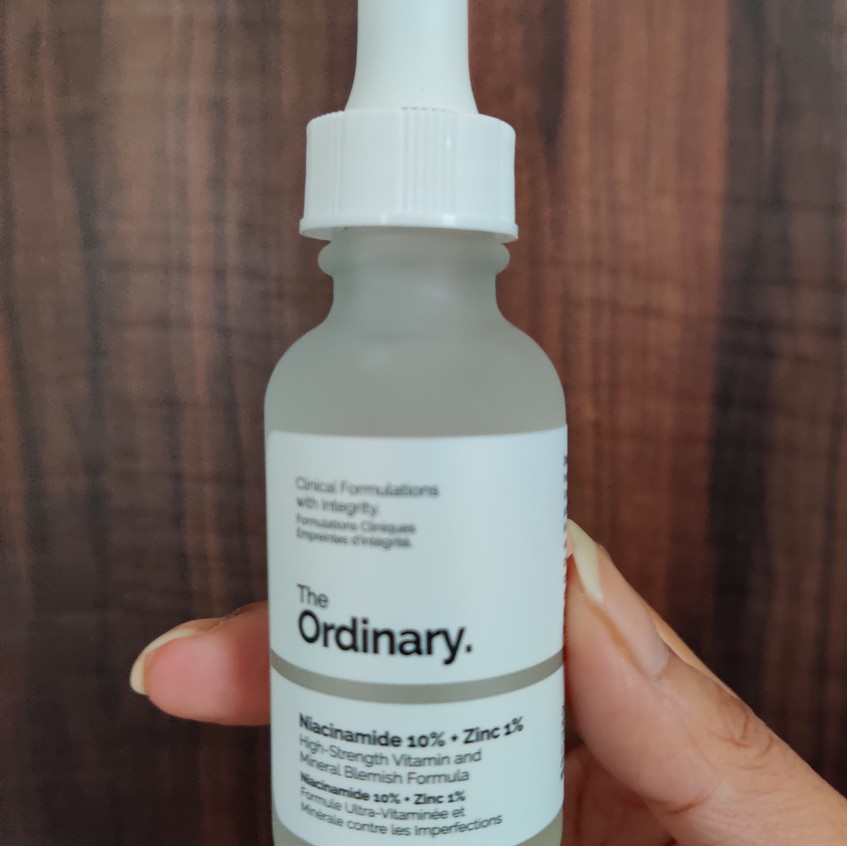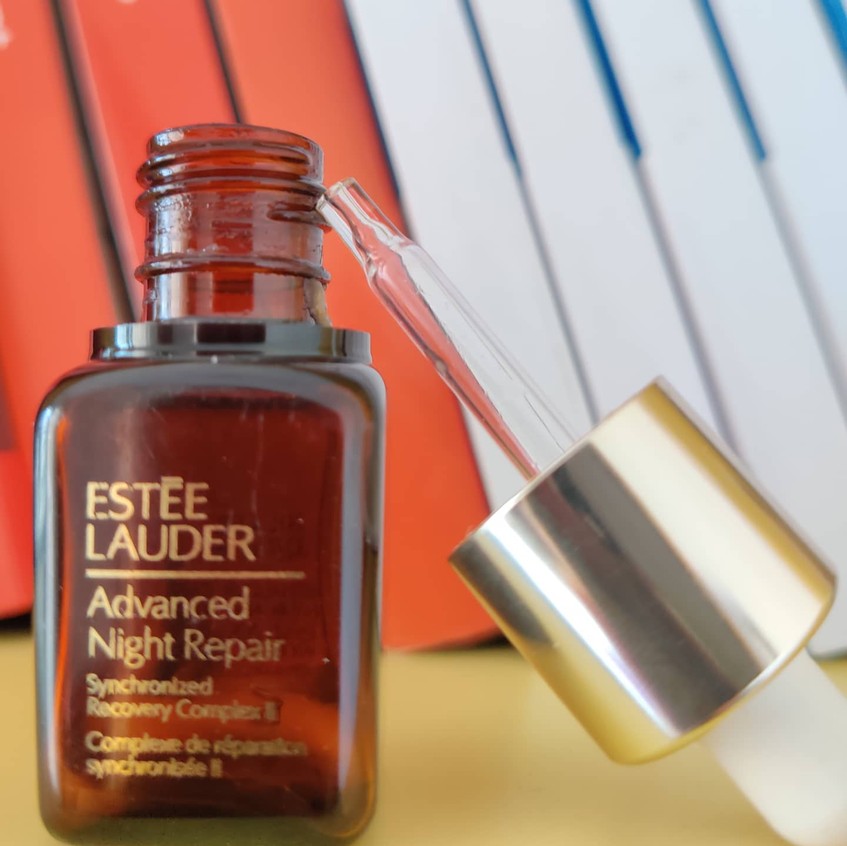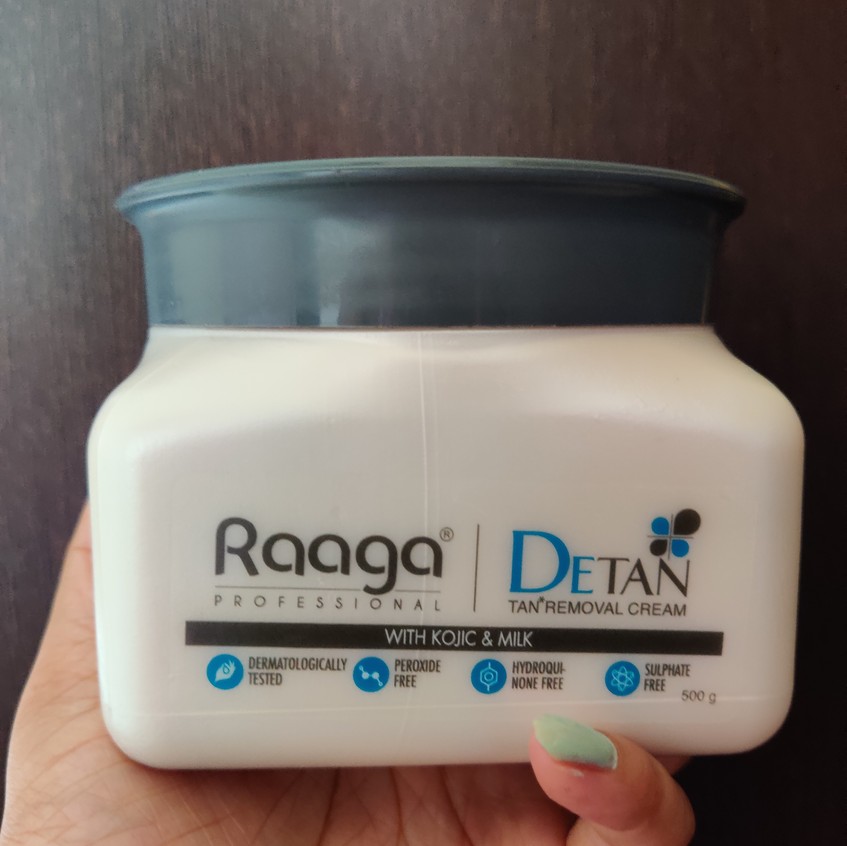- Aarushi Singh
10 Best Active Skincare Ingredients that really Work but Cannot be Used Together | Do and Don’t Pair
Updated: Sep 14
There is no doubt- Actives could bring a visible difference to your skin when used correctly!
They are the powerful skincare ingredients out there in market and almost all the skincare brands have their own formulations available. Determining if the ingredient is delivered in sufficient concentrations to its intended target in the skin to produce the desired effect, is a bit tricky.

I am here to unfold most of your doubts regarding –
what level of AHAs and BHAs should you use on your skin?
how to use an active skincare ingredient for example Vitamin C, Niacinamide, Hyaluronic acid, Retinol etc. that could considerably show its effect without failing you?
Well, it is very important to notice their source of extraction, concentration levels and other ingredients that they are usually paired up with. However, I would not suggest to use most of them regularly or for a longer period of time such as Hydroquinone, Benzoyl peroxide, high concentration of Vitamin C. You may have them introduced into your skincare routine whenever you feel there is a need but for shorter duration. Sometimes, using high concentrations of active ingredients for longer period may develop skin resistance where skin stops responding to mild or low concentrations of other skincare products. That's the time maybe you would need to change your skincare routine.
Anyways, other actives such as Hyaluronic acid, Niacinamide, Vitamin E could be used regularly as they form a barrier to protect your skin from any type of environmental damage which is great.
What are active ingredients in skincare?
An active ingredient also called active pharmaceutical ingredient that could be used in medicine, food or skincare have been approved by the United States Food and Drug Administration that has a specific role to treat a specific body or skin condition or prevention from any type of disease. Examples are titanium dioxide for sun protection, benzoyl peroxide for acne, and Hydroquinone for skin lightening. They are generally available in either concentrated form or used in certain concentration in skincare products, medicine and food.
List of active ingredients (Can and Cannot be Used Together)
Although there are many skin care ingredients that really works but we have to keep in mind that certain skincare active ingredients should not to mixed or used together. One must first need to understand what their skin can take and then must start introducing these ingredients slowly into your skincare routine. Well, some of these ingredients might be present in your daily creams in certain percentage but not in high concentrations, while they could not show that much effectiveness as it must have been diluted with other ingredients.
It is not necessary to introduce all the active ingredients into you skincare routine.
Now this is a bit tricky as how much amount of active ingredient to use as they vary case by case, but I would be mentioning the optimal percentage that would be effective enough. Sensitive skin might have to test on smaller area before start using it.
1) Niacinamide
Benefits: It's often misunderstood as Niacin but both are absolutely different.Niacinamide is a powerful brightening agent that can help to get rid of dullness and pigmentation and is very well tolerated by multiple skin type specifically good for sensitive skin.
Optimal Percentage: 5%
Recommended Best time to use as per Dermatologists: Day Time or Night Time
Most Effective in form of: Serums and Creams
Do Pair: Vitamin C; Retinol; Salicylic Acid
Don’t Pair: unknown
2) Hyaluronic acid (HA)
Benefits: Sodium Hyaluronate is smaller form of hyaluronic acid that attracts and holds on to water, making it the ultimate skin moisturizer. If you have normal, combination or oily skin, it’s better to use HA at low concentration when use choose to use it for longer durations or regularly as too much hydration may give you breakouts.
Optimal Percentage: <2%
Recommended Best time to use as per Dermatologists: Daytime or Night time
Most Effective in form of: Serums and Creams
Do Pair: Retinols, Vitamins, and other acids
Don’t Pair: Only exception would be acids with low pH levels, like glycolic acid
3) Alpha hydroxy acids (AHAs)
Benefits: They are known for its chemical exfoliation properties includes Glycolic Acid my favorite, Lactic Acid, Citric Acid. It is naturally formed in our body that helps us anti aged and hydrated. They generally suit for every skin type. Dermatologists says that using high percentage won’t give you any extra benefit but might increase the risk of sensitivity.
Optimal Percentage: 8% - 10%
Recommended Best time to use as per Dermatologists: Night Time
Most Effective in form of: Toners, Peels
Do Pair: BHA, Centella Asiatica, Hydroquinone, Vitamin C in the morning and an AHA or BHA at night
Don’t Pair: Retinols, Benzoyl Peroxide
4) Beta hydroxy acids (BHAs)
Benefits: Common type is Salicylic Acid, act as an exfoliating agent goes deep inside the pores and removes all excess sebum and oil from the face. I would suggest using it in form of a face cleanser or exfoliator rather than a cream or serum
Optimal Percentage: 2%
Recommended Best time to use as per Dermatologists: Night Time
Most Effective in form of: Cleansers
Do Pair: AHA, Centella Asiatica, Sodium Hyaluronate, Hydroquinone, Vitamin C in the morning and an AHA or BHA at night
Don’t Pair: Retinol, Benzoyl Peroxide
5) Retinols
Benefits: Retinols are derived from Vitamin A that boost epidermal cell growth. It has an ability to significantly reduce fine lines and wrinkles. One must be careful enough while using retinoids and should be informative about other pairing ingredients. If you want to use Vitamin C with Retinoids, you may choose Vitamin C in the morning and Retinol treatment at night. You might don’t want to mix Retinol with any other active ingredients.
I would suggest Drunk Elephant A-Passioni Retinol Cream Contains 1% research proven retinol to fight wrinkles.
Optimal Percentage: 0.25% retinol or 0.025% tretinoin (for extreme wrinkle treatment up to 1% is sufficient)
Recommended Best time to use as per Dermatologists: Night Time
Most Effective in form of: Serums, Creams
Do Pair: Niacinamide (acts as a buffer), Vitamin C
Don’t Pair: Vitamin C, Benzoyl Peroxide, AHA/BHA
6) Vitamin C
Benefits: Antioxidant Vitamin C fights free radicals and improves skin texture. It imparts an exceptionally desirable skin-feel that is dry and non-greasy, yet silky smooth. High conc can be irritating to the skin. However, concentration depends on skin type and how well your skin could tolerate. The best source of Vitamin C in skincare product is Ascorbic Acid, that you might want to look for in any skincare product.
Optimal Percentage: min. 10% to 30% as tolerated
Recommended Best time to use as per Dermatologists: Day Time
Most Effective in form of: Serums or Cream
Do Pair: Vitamin E, Ferulic Acid, Sodium Hyaluronate, Zinc
Don’t Pair: Benzoyl Peroxide, Retinol
7) Vitamin E
Benefits: It’s another antioxidant which can be applied anytime without hesitation. It is more stable than Vitamin C when put into a skincare product and help reduce sunlight damage caused to the skin. However, Vitamin E also does not seem as strong as Vitamin C but when paired with is, it becomes a holy grail. Well, it could be suggested to the Teens or someone who is new to skincare.
Optimal Percentage: 0.5% to 2%is enough, although you might want to go for higher concentration if you want to use it for anti-aging, good thing is that, it’s not harmful
Recommended Best time to use as per Dermatologists: Day Time
Most Effective in form of: Serums or Cream
Do Pair: Sodium Hyaluronate, Vitamin C, Zinc, Retinol
Don’t Pair: Unknown
8) Kojic acid
Benefits: It is a powerful ingredient for treating dark spots often recommended by Dermatologists. It helps reduce melanin production. Melanin is a naturally occurring pigment that gives the eyes, hair, and skin their color. An amino acid called tyrosine is required to produce melanin. Kojic acid works by blocking tyrosine from forming, preventing melanin production. I would hesitate to suggest Kojic Acid for sensitive skin.
Optimal Percentage: 1% – 4%
Recommended Best time to use as per Dermatologists: Day time or Night Time
Most Effective in form of: Detan Creams or Creams
Do Pair: Niacinamide, Vitamin C, Glycolic Acid, Hydroquinone
Don’t Pair: Retinol, Benzoyl Peroxide
9) Hydroquinone
Benefits: It is another ingredient for treating stubborn dark spots. Works same as Kojic acid by reducing melanin production. Well, hydroquinone is usually prescribed by Dermatologists. It may lead to temporary skin irritation including mild itching or reddening of skin. It should not be used during pregnancy. You might need to use it for shorter duration may be 3 to 6 months if you are struggling with stubborn dark spots and bounce back to your regular skincare products.
Optimal Percentage: 2% (4% for stubborn dark spots)
Recommended Best time to use as per Dermatologists: Daytime (use with SPF) or Night time
Most Effective in form of: Cream
Do Pair: AHA, BHA, Kojic Acid, Vitamin C
Don’t Pair: Benzoyl Peroxide
10) Benzoyl peroxide
Benefits: It is an antiseptic that prevent accumulation of germs on the surface of your skin, usually helps to treat acne. Can be paired with hydrocortisone. Hydrocortisone is a corticosteroid that acts to decrease the skin swelling that can happen by acne. It would be better to use it as a spot treatment. I would recommend using for shorter duration and bounce back to your regular skincare products.
Optimal Percentage: 5%
Recommended Best time to use as per Dermatologists: Night Time
Most Effective in form of: Spot treatment Gel or Cream
Do Pair: A good hydrating moisturizer with gentle Inactive ingredients
Don’t Pair: All the other active ingredients
Read Also:
10 Organic Skincare Brands offering Best Organic Skincare Products | Reviews | Natural Ingredients
12 Top Serums and Face Creams Suggested to treat Hyperpigmentation, Aging, Acne and Dehydrated Skin!



